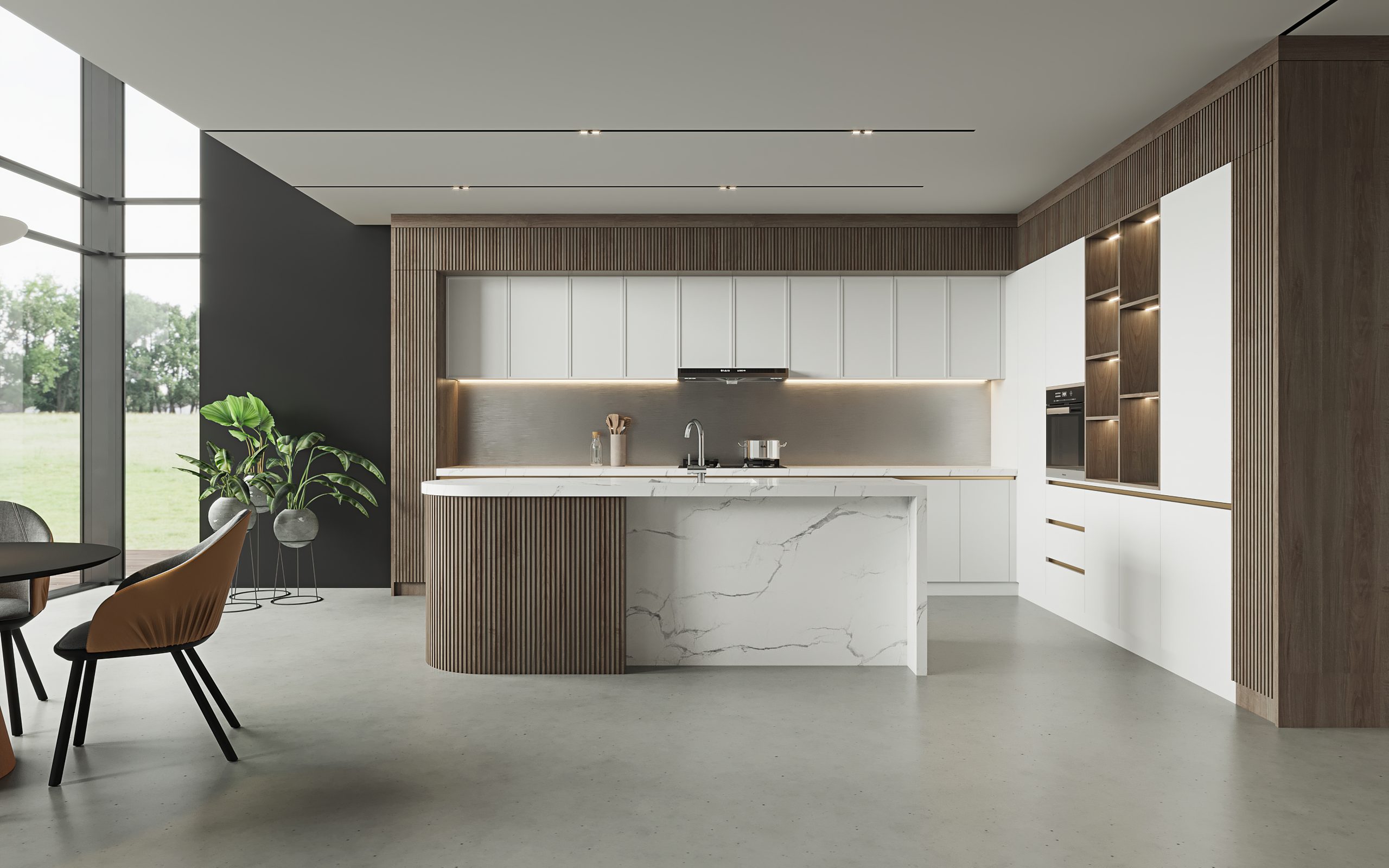Kitchen Cabinet
A Kitchen Cabinet is a piece of built-in furniture in a kitchen. It is typically used to store food, cooking equipment, silverware, and table service dishes. Kitchen cabinets can also store appliances like dishwashers and microwave ovens. Here are some tips on selecting a kitchen cabinet that is right for your needs. Read on to learn more. You’ll love the outcome! The first step is to decide on the size, material, and style of your new kitchen cabinet!
Dimensions
The dimensions of your kitchen cabinets will play a big part in determining how your space is laid out. In general, standard cabinet sizes are 24 inches deep with a standard door height of 30 inches. These dimensions may vary slightly depending on the style or type of cabinet, but they are generally the same for both types. Standard base cabinet depth is 24 inches, but you may be able to order one with a shallower depth if you need it. The width of your base cabinets can vary between nine inches and 36 inches.
Often, homeowners decide to replace their existing cabinets for cosmetic reasons or because they have reached the end of their useful life. While it’s certainly not necessary to know all the specific technical specifications of kitchen cabinets, knowing these dimensions can save you a lot of time and frustration. These measurements are also useful when shopping for other components of the kitchen, like sinks, countertops, and appliances. With this information, you can communicate clearly with suppliers and contractors and get the most bang for your buck.
Choosing the right size for your kitchen is a key part of planning and achieving a beautiful result. Consider the width of your countertop and base cabinet as well as the height of your refrigerator. If you have a small kitchen, you may want to choose a small cabinet with a small countertop, but if you have a large kitchen, a larger one will look better. You will also want to consider the width of your sink and countertops, because they may have different heights.
Materials
When choosing materials for your kitchen cabinets, it’s best to consider the health and environmental benefits of each type. Wood-framed doors are always in style, and they complement transitional, contemporary, and traditional homes alike. Wood-framed cabinets come in a variety of styles, including painted and stained finishes. They can also be distressed, if you want to make them look older. Wood-framed doors can be made of various wood types, such as alder, walnut, white oak, or beach maple. If your budget allows, you can even opt for imported hardwoods like cherry, mahogany, or teak.
Wooden kitchen cabinets are common, but you may want to consider alternatives to wood. PVC is a good choice for budget-conscious buyers. It’s also relatively easy to clean. PVC comes in two main types: foam board and pipe. PVC has better strength than hollow boards but has limited durability. While PVC is an excellent choice for kitchen cabinets, it’s not a good choice for the bathroom. Aside from wood, PVC cabinets are also not very durable.
Other common materials used for kitchen cabinets include plywood and laminate. Plywood is a common choice among homeowners, but it’s important to note that not all plywood is formaldehyde-free. Plywood manufactured in China often contains formaldehyde, because it’s glued on with melamine resin. High-quality Canadian maple plywood has a pure bond core, which makes it a more durable choice than particleboard or laminate. Also, laminated finishes are more expensive than solid wood cabinets, and they’re prone to moisture and heat damage.
European kitchen cabinets use multiple layers of finishing material and go through a buffing process, which is similar to automobile manufacturing. A high-pressure laminate has the same effect, but is available in a broader range of colors. For contemporary kitchen cabinets, neutral colors are more suitable. For wood-like finishes, look for finishes that are pre-catalyzed or post-catalyzed. You can also opt for a combination of the two, depending on the look you’re aiming for.
Styles
Overlapping cabinetry has been around for years. While the full overlay style is more popular, the partial overlay still offers a classic look. Both full and partial overlays have their advantages. Overlapping cabinets can look much more modern and minimalistic than standard cabinetry, and they are typically less expensive. However, if you’re looking for an entirely different look, you can always choose a custom style. Here are some popular styles to consider.
Doors come in two basic styles: cathedral and slab. Cathedral styles have an arched top panel, and double arch designs have curves at both the top and bottom. Generally, both are made of plywood, though some are made from solid wood. Slab cabinet doors come in different styles, but they are all made from the same material. The key is to decide which one you like best. Here are some of the most common types of kitchen cabinet door:
A contemporary style is for those who love minimalism. It typically has neutral color palettes, minimal ornamentation, and sleek lines. Contemporary kitchen cabinets should have sleek, streamlined handles. If you’re looking for a more modern style, you may want to try curved barrel handles or linear bar knobs. These styles are very popular and make a kitchen look more clean and uncluttered. You can even have a minimalist style kitchen cabinet with a black or white countertop to match your existing décor.
Raised panel doors are another popular choice for kitchen cabinets. They provide a solid and three-dimensional appearance. Depending on your taste and style preferences, they can also include glass and metal components. But before you make a final decision, there are a few things to consider. Before you choose a style of kitchen cabinet, make sure that you take several things into consideration. You might be surprised by what you discover. And while you’re at it, don’t forget to ask for suggestions from the pros!
Cost
The cost of kitchen cabinet installation varies by size, type, and complexity. For example, a modestly sized kitchen can be redone for about $100, while a large-scale renovation can cost up to $500. Cabinet installation projects can add value to a home and improve aesthetics, energy efficiency, and functionality. If you’re looking to redecorate an older kitchen, cabinet refacing is a vital investment.
The design of the cabinet can also affect the overall cost. More intricate designs may require skilled labor, which can push the price up. Doors with intricate detailing will also drive up the cost. Before ordering your cabinets, consider which styling you would like and how it will affect the overall budget. If possible, choose simple styles. But don’t skimp on design! You’ll be pleased with the result – and you’ll save money!
Refacing costs less than replacing them, but it requires more work. Refacing is faster and more affordable, and you don’t have to tear down your current cabinets to do it. You can also reface your cabinets anywhere in your kitchen. Moreover, wood veneer is a thin slab of wood that matches the look of solid-wood cabinets without the cost of building new ones. So, the next time you’re planning to redo your kitchen, consider the cost of refacing instead of buying new ones.
The price of cabinets varies widely. A standard base cabinet, which is 34 1/2″ – 36″ wide, costs around $150 to $650 per linear foot. Custom-made cabinets are more expensive than stock options, but they have many more options than stock ones. Semi-custom cabinets can range between $150 to $300 per linear foot. You can even get customized cabinets that are more customized and unique than stock cabinets. The cost for custom cabinets is generally between $150 and $900 per linear foot.
Installation
If you’re planning to change the layout of your kitchen, you may want to hire an installer. Many retailers offer installation services at discounted rates. Before hiring an installer, make sure you know how to install kitchen cabinets safely. The first step is to mark your cabinet boxes without doors and label them. Once you have marked your boxes, line them up with the layout marks. Then, screw them to the studs. If possible, measure the space carefully and mark it before you start. Make sure the layout is level, square and plumb.
When you’re installing upper and lower cabinets, you’ll need to measure the distance between the studs. It’s easier to install the lower cabinets with a helper. Use a stud finder to locate each stud. Once you have determined the distance, mark the back of the lower cabinet where the stud meets the wall. Drill pilot holes in these areas to make attaching the cabinets easier. Make sure you follow the recommended installation order.
Before you start installing your new cabinets, make sure you have basic DIY skills. A good set of step-by-step instructions will walk you through the process and help you use standard tools to do it safely. The guide should also help you with the preparation work. Having a second person to help you with this project will make the installation process go more smoothly. Just make sure you have someone on your side to supervise the entire process. If you’re unsure about any of the steps, ask for help.
Installing base cabinets requires the use of a leveling shim to make sure they are level. Before installing any upper cabinets, you should make sure that the wall studs are level and plumb. If the cabinet is crooked or skewed, you may need to shim the wall. Once the first cabinet is level, you can then attach the second cabinet. If it doesn’t fit properly, shim the upper cabinets to make sure they are even.


